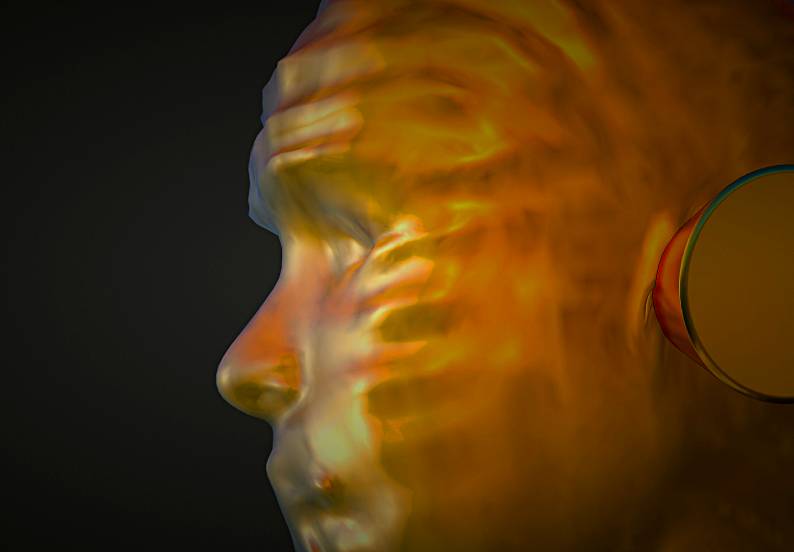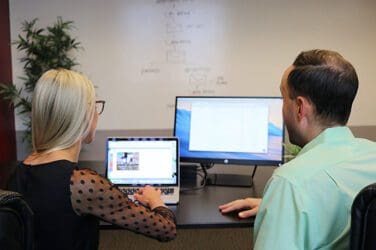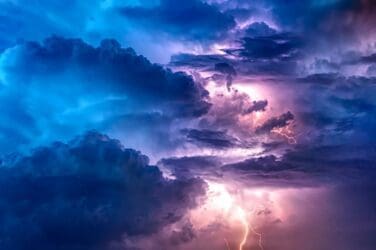words Alana Webb
Over the last few decades, the world of art has undergone a radical transformation thanks to a series of technologies that have allowed artists to produce, share and sell their work in a whole host of new ways.
Let’s take a look at what’s been driving the digital revolutions in the world of art.
New Tools
In the late 90s, Photoshop was a program almost exclusively used to modify images that had already been created. Artists looking to make a new image from scratch using entirely digital means were, for the most part, only able to do it when the tablet and stylus came to prominence in the 2000s.
At the same time, the development of the internet allowed artists to share their work, seek feedback, and find inspiration, thanks to image-sharing websites like DeviantArt, Instagram, and Artstation.
More recently, software like Blender, Krita, and Procreate has emerged, along with tablet computers and incredible computer hardware. Art created entirely through artificial intelligence has more recently created waves – but this presents a host of legal and ethical challenges that are only now being grappled with.
Protecting Digital Assets
If you’re creating art and sharing it online, then you are at risk of having that artwork stolen. If your income relies on protecting your intellectual property, there’s no substitute for the right legal expertise.
This is where cybersecurity and data privacy law are particularly relevant. Seek out a lawyer who specialises in these areas, and you’ll be able to react quickly when your IP is threatened.
NFTs and Digital Ownership
One interesting concept that’s been floated in recent years is that of digital ownership. This would allow artists to sell a unique version of their work to an interested buyer, without having to make that work physical.
Of course, digital assets can be trivially replicated, even when copy-protection measures are introduced. There are also reputational difficulties to consider. While NFTs (that is, non-fungible tokens) are not inherently indefensible, they have quickly come to be associated with dubious online practices, and pricing bubbles.
It therefore appears unlikely that they will be taken seriously by the online art community in the immediate future.
Global Access via Virtual Galleries
Among the greater innovations of the last few decades, at least where art is concerned, is the virtual gallery. These allow anyone in the world to view an artist’s portfolio at any given time.
Despite broadening the reach of a given artist, they also open the door for potential breaches and data-protection problems. These sites have consequently had to invest significantly in security.
In some cases, where sites have used the content of unconsenting contributors to develop new AI algorithms, the backlash from the community has been severe. These episodes should indicate the importance of staying on good terms with the user base of any given platform!










